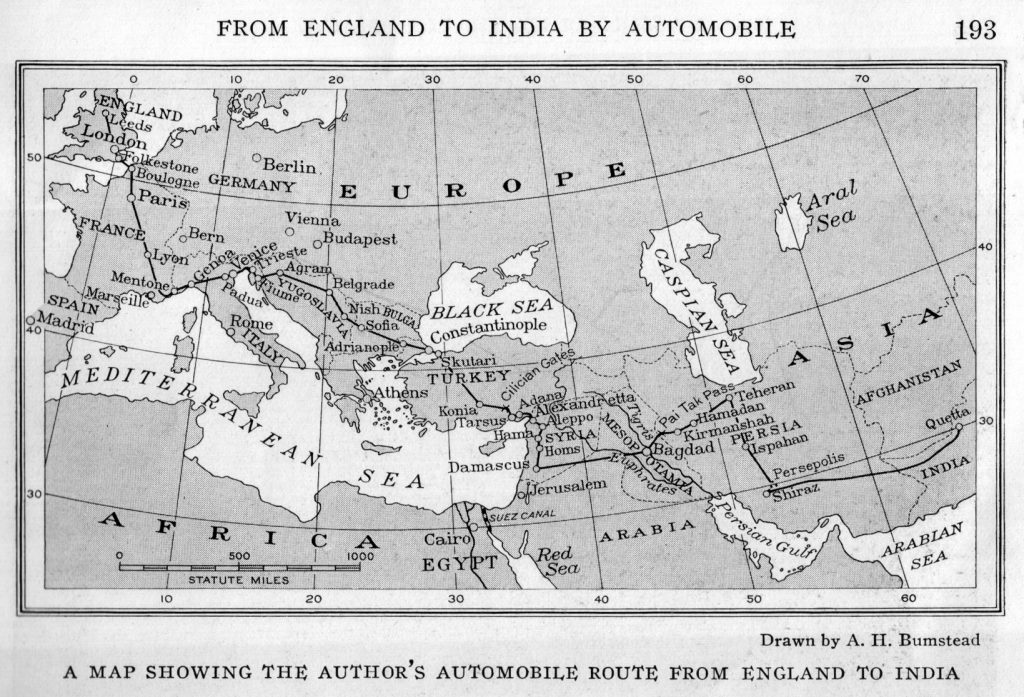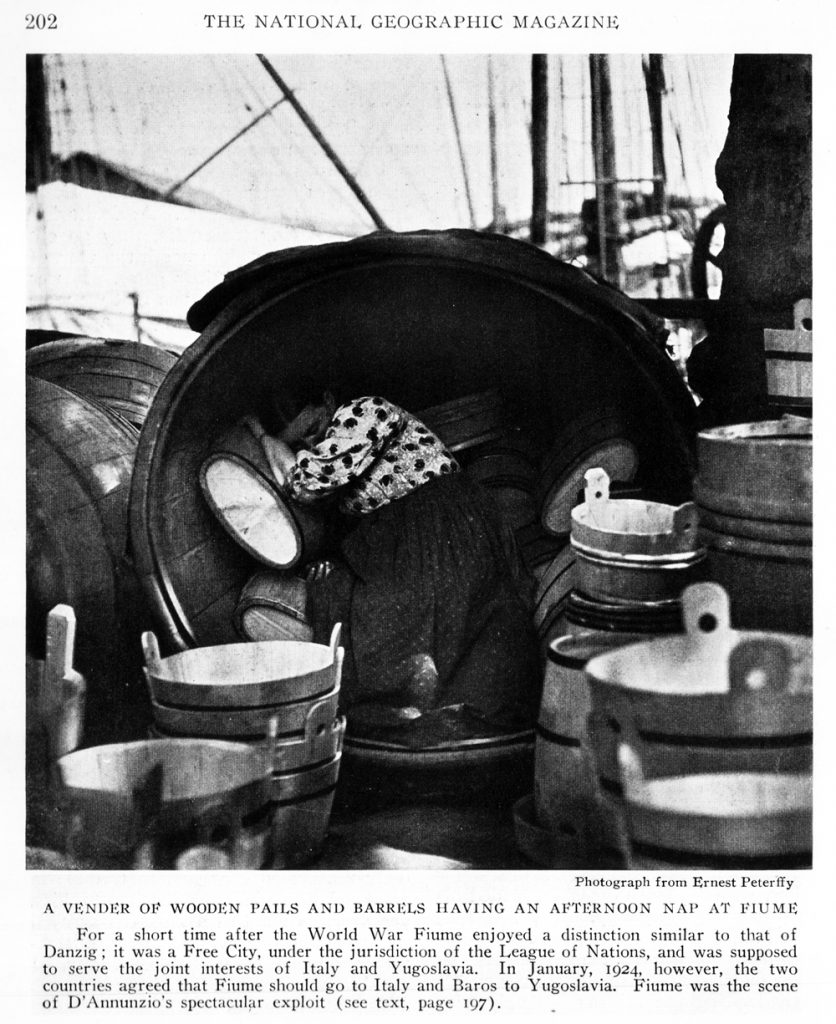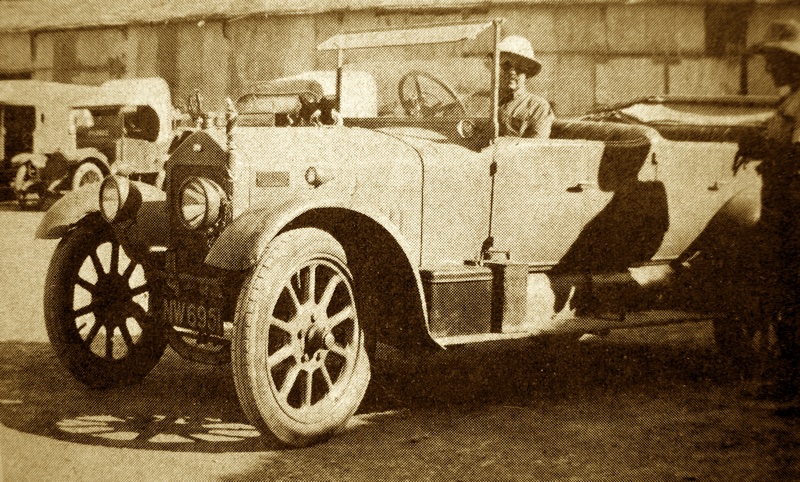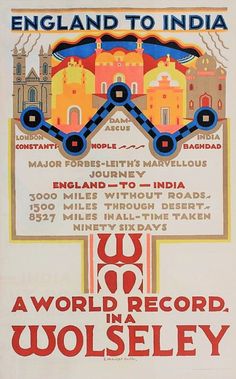FROM ENGLAND TO INDIA BY AUTOMOBILE
An 8,527-mile Trip Through Ten Countries, from London to Quetta, Requires Five and a Half Months
BY MAJOR F.A.C. FORBES-LEITH
 extract: THE FIUME “LIONS” OF ITALY’S POET SOLDIER
extract: THE FIUME “LIONS” OF ITALY’S POET SOLDIER
Our next stop was at Fiume (Rijeka), the scene of the coup of Gabriele d’Annunzio, Italy’s poet patriot. It is also a fine port, but a mean city in comparison with Trieste. A narrow river separates it from Susak, the Yugoslavian frontier town.
An impressive sight in the city was the great number of apparently idle young men with shock heads of hair fluffed out like a lion’s mane. We thought this must be the latest thing in Fiume masculine styles until an English-speaking friend explained that this is the hall mark of d’Annunzio’s “lions,” who, with him, captured the city.
We were warned not to upset any of them, as they have the reputation of being excessively irascible and a law unto themselves.
After a night in Fiume, we crossed the frontier bridge to Yugoslavia. The incredible change made by those few yards is impossible to imagine – a jump from stagnation and slackness to hurry and bustle.
 The only place into which the general energy had not penetrated was the customhouse. We had a letter of introduction to the chief revenue officer, who told us that, as a great favour, they would rush us through the formalities. The “rush” required six hours to deal with our small outfit!
The only place into which the general energy had not penetrated was the customhouse. We had a letter of introduction to the chief revenue officer, who told us that, as a great favour, they would rush us through the formalities. The “rush” required six hours to deal with our small outfit!
The officials seemed to like our company. As soon as the papers were passed to a fresh clerk, he would come and have a friendly chat with us on European politics, our trip, and, in fact, anything but the business concerned. They were so cheery and genial that we could not take offense; so we smoked endless cigarettes and waited.

Overland from England to India in late 1924 by Major Forbes-Leith. Here seen in Baghdad on 20th August 1924.
EVERY VILLAGE CAFE IN YUGOSLAVIA HAS ITS ORCHESTRA
We were now in a new kingdom, a charming country of delightful, music-loving people. Every little village café has its orchestra of young men playing the guitar and mandolin, and accompanied by a trio or quartette of girl singers. The former stand and play; the latter sit in a row in front and sing national songs from dusk to midnight.
The Croats and Serbs are fine fellows of good physique, very hard workers, great patriots, and among the finest soldiers in the world. Serbia, before the World War, was spoken of as a little Balkan state; now she must be reckoned as a power in Europe.
At Agram (Zagreb), the capital of Croatia, formerly part of the old Austrian Empire, we had a shock that made us rub our eyes. In front of us at the first crossroad, was the embodiment of an English policeman, with helmet, uniform, and baton complete. We heard afterward that the whole police force of the city was modeled and trained on British lines, even uniforms being supplied by outfitters in England.
In atmosphere, architecture, and general plan, Agram is a miniature Vienna. It has a fine opera house, and the architecture is for the most part typically Austrian.
Living is very cheap here for the man who carries either the pound sterling or the dollar.
*******
The trip was made in 1924 and published by The National Geographic Magazine August 1925.
There was even a cameraman on the trip and there exists footage – called ‘Lure of the East’ of some of the trip available here on the British Pathe archives website. And on Vimeo – watch at 1:00 and you’ll see a Zagreb copper: https://vimeo.com/45439980




